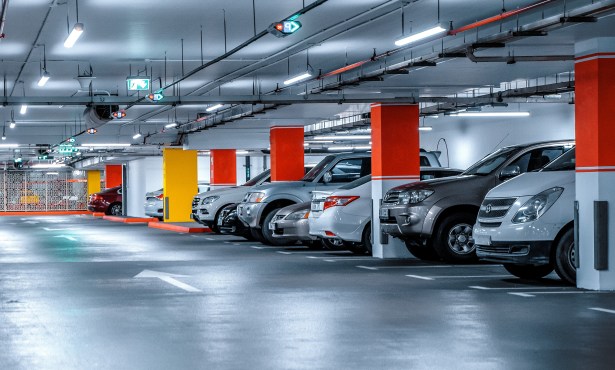New Building Codes for an All-Electric Future
Renewable Energy Powering All-Electric Homes Addresses Climate Change

Most know that the City of Santa Barbara recently enacted a ban on natural gas hookups in new construction, together with an all-electric reach code. Forty-nine cities and counties in California have enacted similar ordinances, and more are under consideration.
To counter this groundswell, advocates for gas — users, businesses, and union members — have organized under such names as Californians for Balanced Energy Solutions or Partners for Energy Progress. Although the American Gas Association claims not to be involved, some of its members, SoCal Gas being the largest, have provided funding for these coalitions. These groups have been working to preemptively pass statewide restrictions on the power of local governments to enact bans on natural gas. Already, 10 states have passed anti-ban measures and another nine are under consideration. All these bills and laws use similar language, an indication that the gas industry is playing a key behind-the-scenes role.
The large number of cities in California embracing a natural-gas-free future is creating pressure for statewide all-electric legislation. The California Energy Commission (CEC) has just approved new codes that will require all new construction to be electric-ready, meaning it will provide all the wiring needed for every appliance to be electric. Moreover, these new regulations will require any new home installing a gas appliance to have an enhanced ventilation system to mitigate the negative health impacts from indoor gas combustion. Equipment to handle this pollution hazard will make gas less attractive from a cost standpoint. Perhaps the most far-reaching aspect of the new codes is the requirement that either air or ground heat pumps be the new baseline for standard equipment used for heating water and providing space heating and cooling. The totality of these code changes will strongly incentivize electric appliances and efficient heating and cooling systems.
California revises its Title 24 Energy Code every three years. These updated codes just approved by the CEC now go before the state’s Building Standards Commission for final adoption. Once approved, they will go into effect January 2023. Interestingly, they will apply not only to new buildings but also to “substantial renovations.”
Many communities in California are adopting community-choice energy programs. These allow local control of energy generation. Santa Barbara is unrolling its program, and participating locals will be getting 100 percent renewable electricity. Since buildings account for 40 percent of total greenhouse-gas emissions, shifting to structures with all-electric equipment powered by renewable energy will start reining in climate change.
California’s energy-efficient building regulations and green building codes have led the country and the world. These latest California upgrades will almost end building’s dependence on fossil fuels going forward.
Support the Santa Barbara Independent through a long-term or a single contribution.



